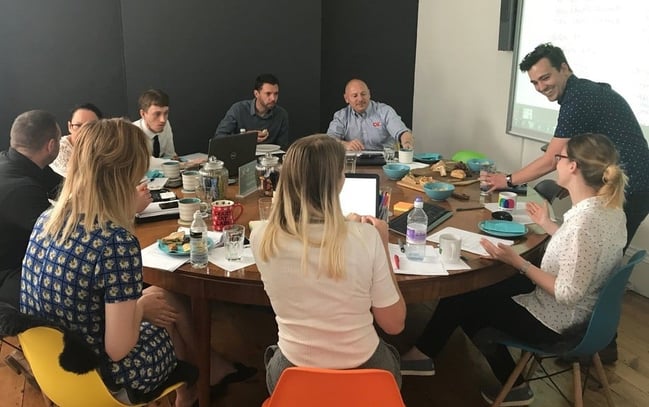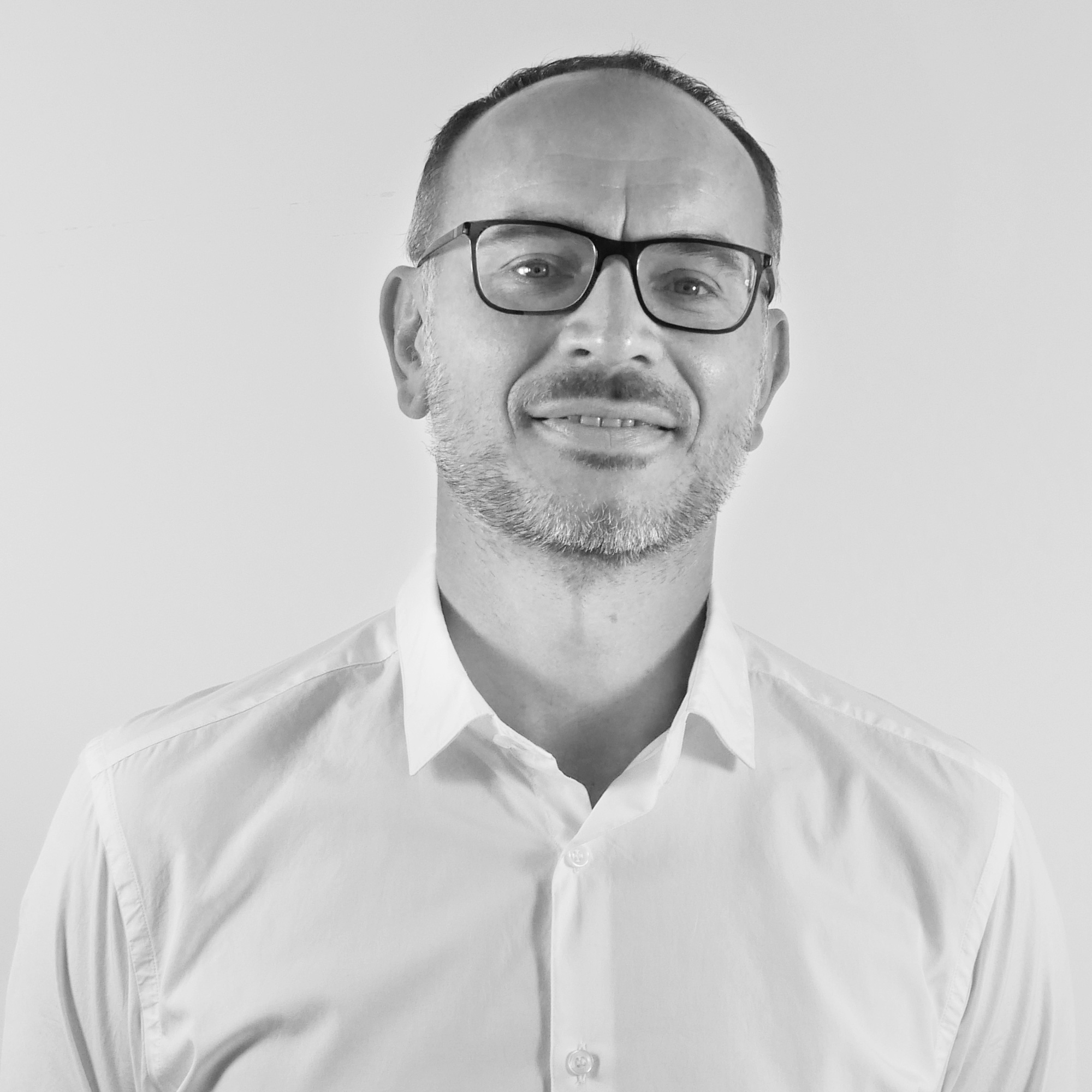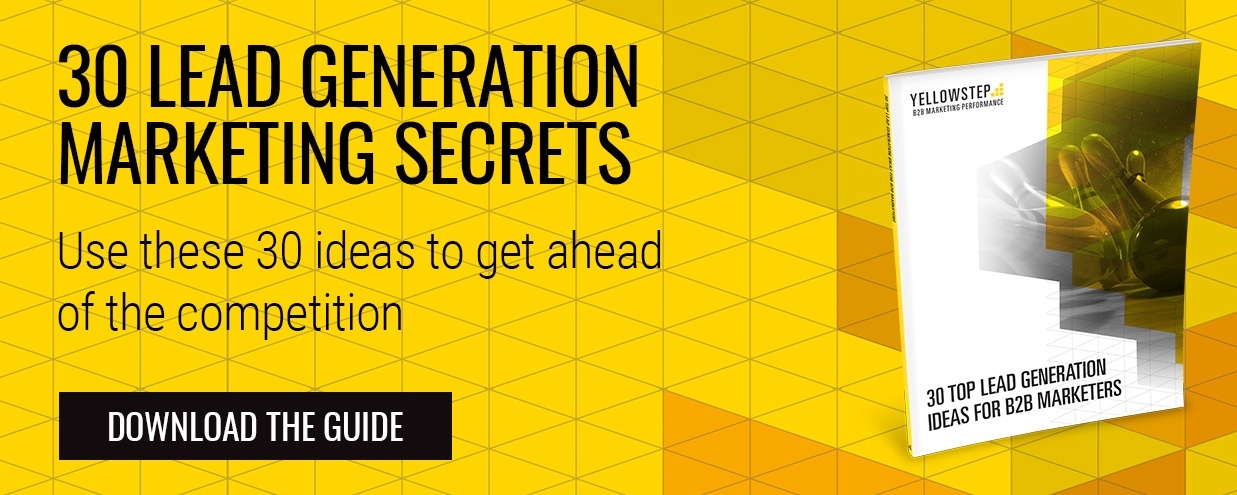
It’s difficult to overstate the importance of research in developing your brand. As discussed earlier, when the pace of change in markets is so quick, it’s vital to remain tuned into the changing needs of your market(s) which can be achieved with ongoing brand research.
For brand development, you need to fully understand your market and audience; how can you generate the information and insights we need to define your strategy and develop our identity? If you’re going to do-it-yourself, here’s two useful research tools and techniques:
Brand Audit
A Brand Audit is a great way to get started on collating information that can help to shape your brand. Examples of things to explore include:
Customers
What are your customers’ wants, needs, and perception of your company and brand?
Competitors
Review your competitor's products, services, perceptions and sentiment. Why would they choose you over them?
Employees
What is their opinion of the company and brand? Again, use research tools to collect this information. At Katapult, we use Officevibe.
Prospects
What do lost prospects think of your company and brand? Canvass your sales team on why you’ve missed out on converting prospects into customers.
Community
What are the perceptions amongst your community and industry thought leaders? See if there are LinkedIn groups and trade associations that you can tap into.
Brand Assets
If developing your brand means a new brand identity and brand style, you’ll need to manage its implementation and roll-out. What would this include?
Workshops
 |
| A brand workshop with snacks is a brand workshop done right. |
Brand Workshops are a great forum for identifying and debating the best brand attributes to spearhead your sales & marketing and drive growth.
Once you’ve decided on attendees, you’ll need to make arrangements for timings, venue and facilities. Allow 4-5 hours for the session and ensure you have a liberal supply of flip-charts, marker pens, scissors, blu-tac and post-its... plenty of treats are usually a good idea too.
Introduction
To kick-off, take 5-10 minutes to talk through the purpose of the workshop, update the group on the brand development process and to establish any rules for the session (e.g. Mobiles switched off!).
Buyer personas
You’ll want to go into the workshop with a definitive list of the personas you’re going to cover, so you’ll need to have completed precursory work in segmenting your market and defining the audience you will be targeting. Use this time to share the personas.
Positioning Statement
Draft a positioning statement for every buyer persona created, based on their goals, challenges and pain points. Then, divide a wall into sections and list for each persona the tangible aspects your product or service provides, the benefits it gives customers (including emotional), how you want customers to view your brand and what the most compelling difference is of your brand.
Reflection
Reflect and discuss the positioning statement and see whether you can complete the following positioning statement. For… (buyer persona), your brand is… (descriptor covering product/service), that will… (benefit to your customer). Then list why you are better and why they should believe why you will deliver.
Emily Morter By
By 